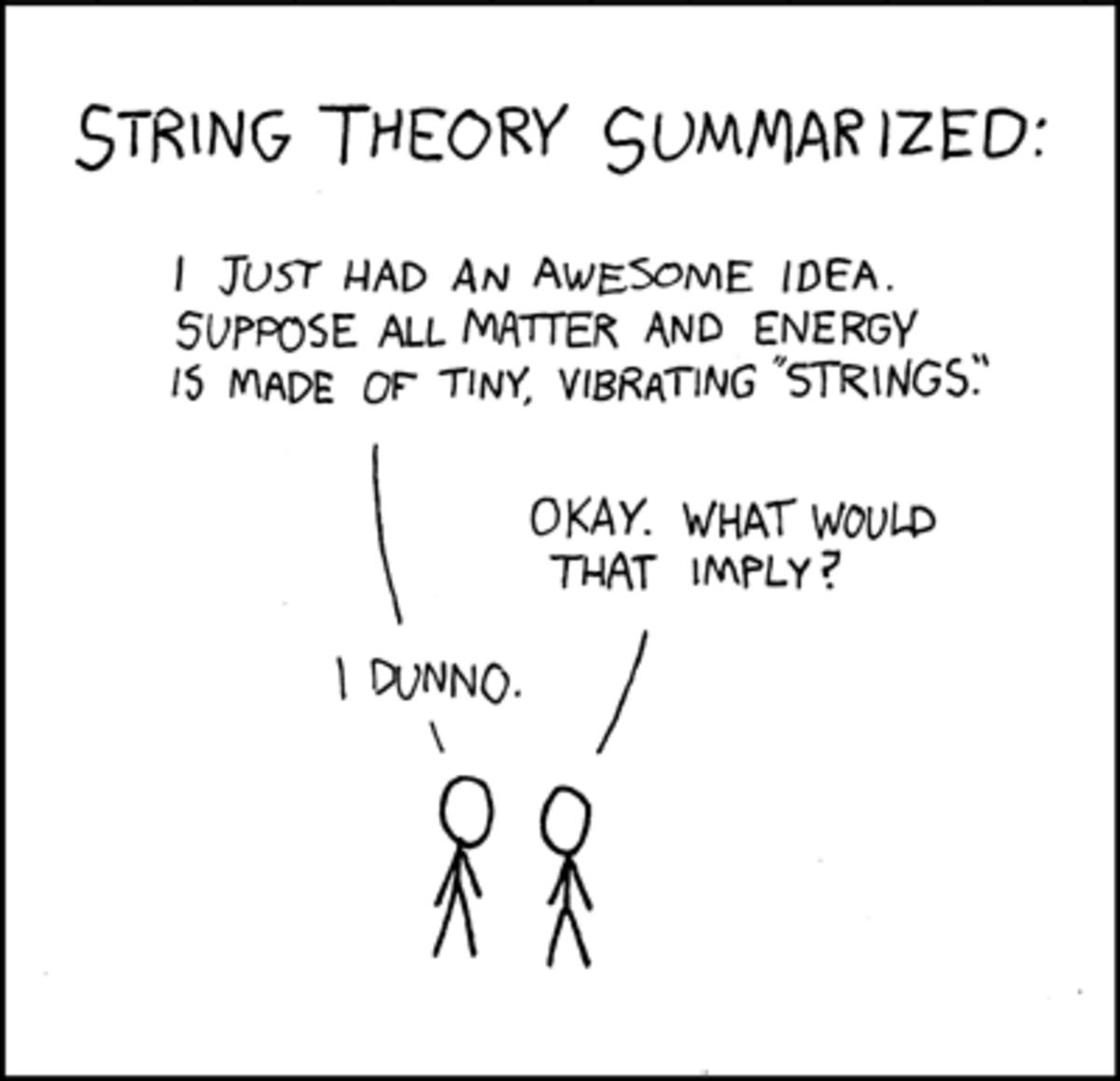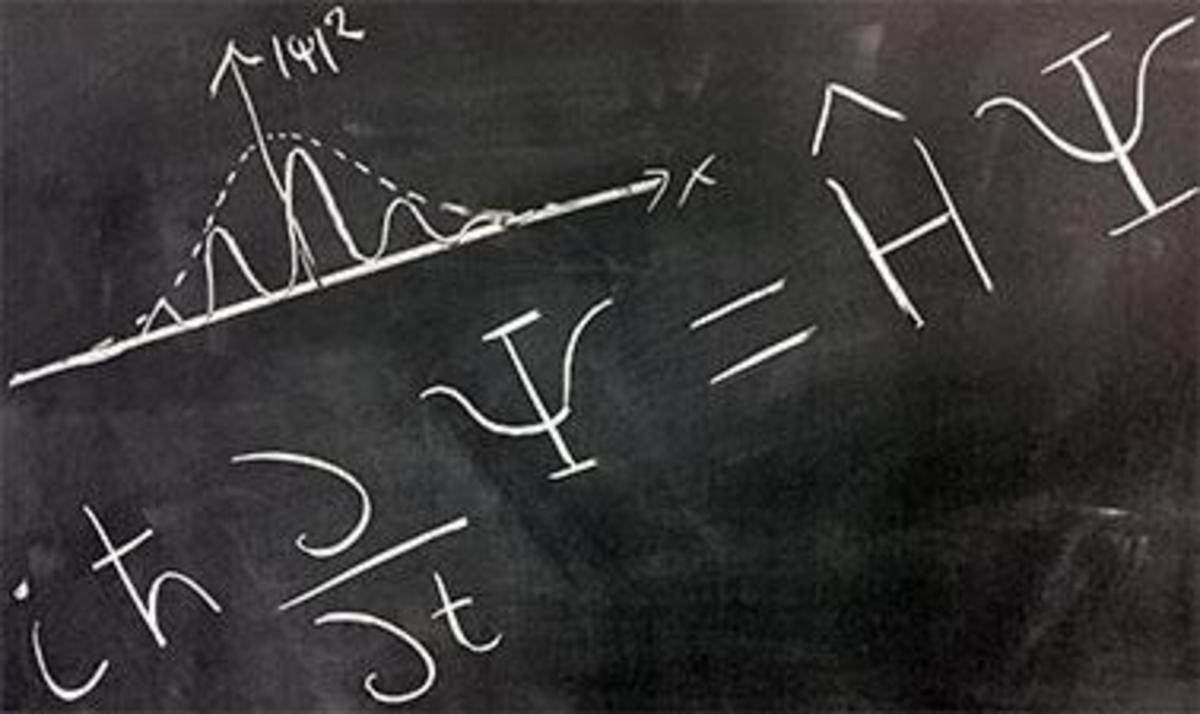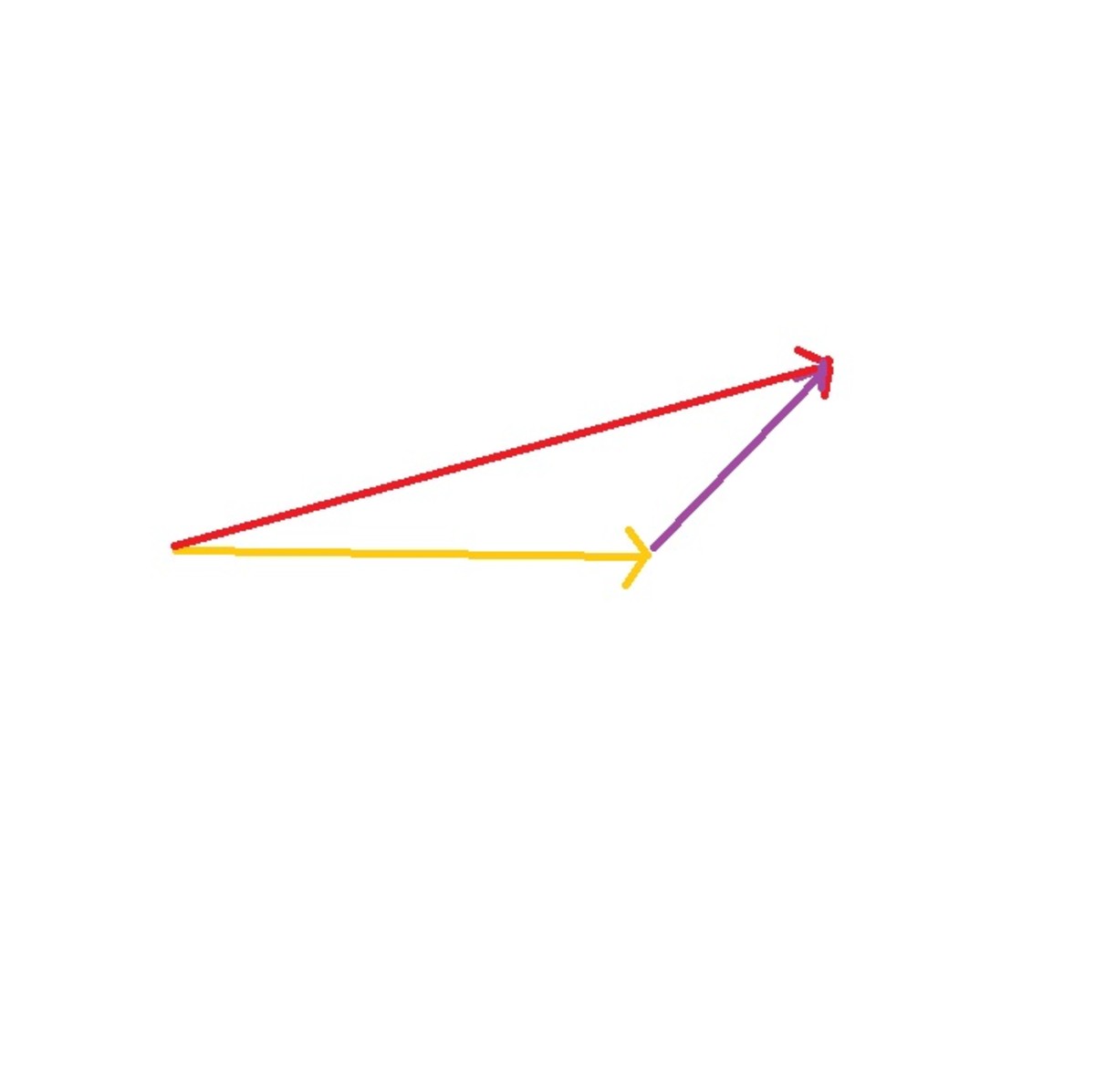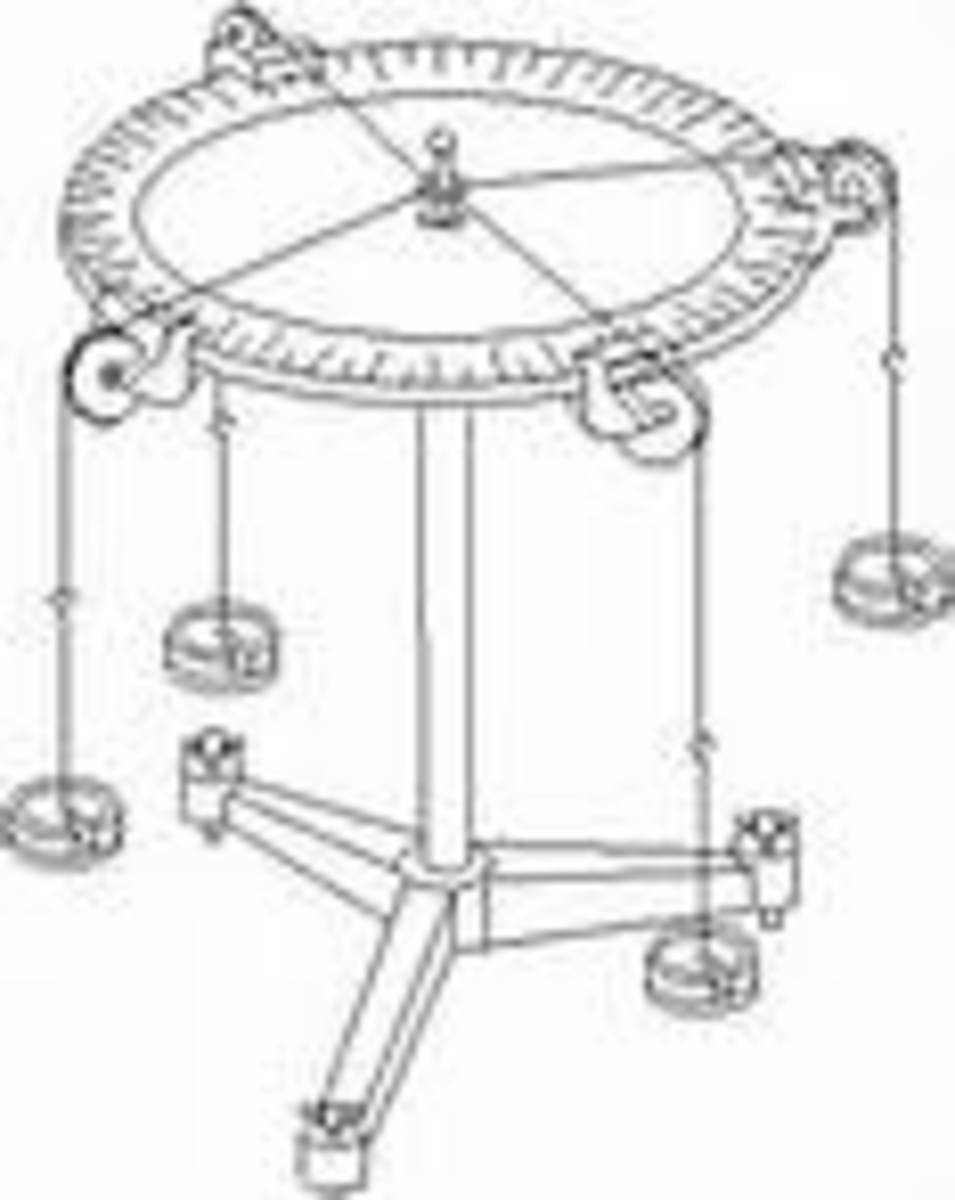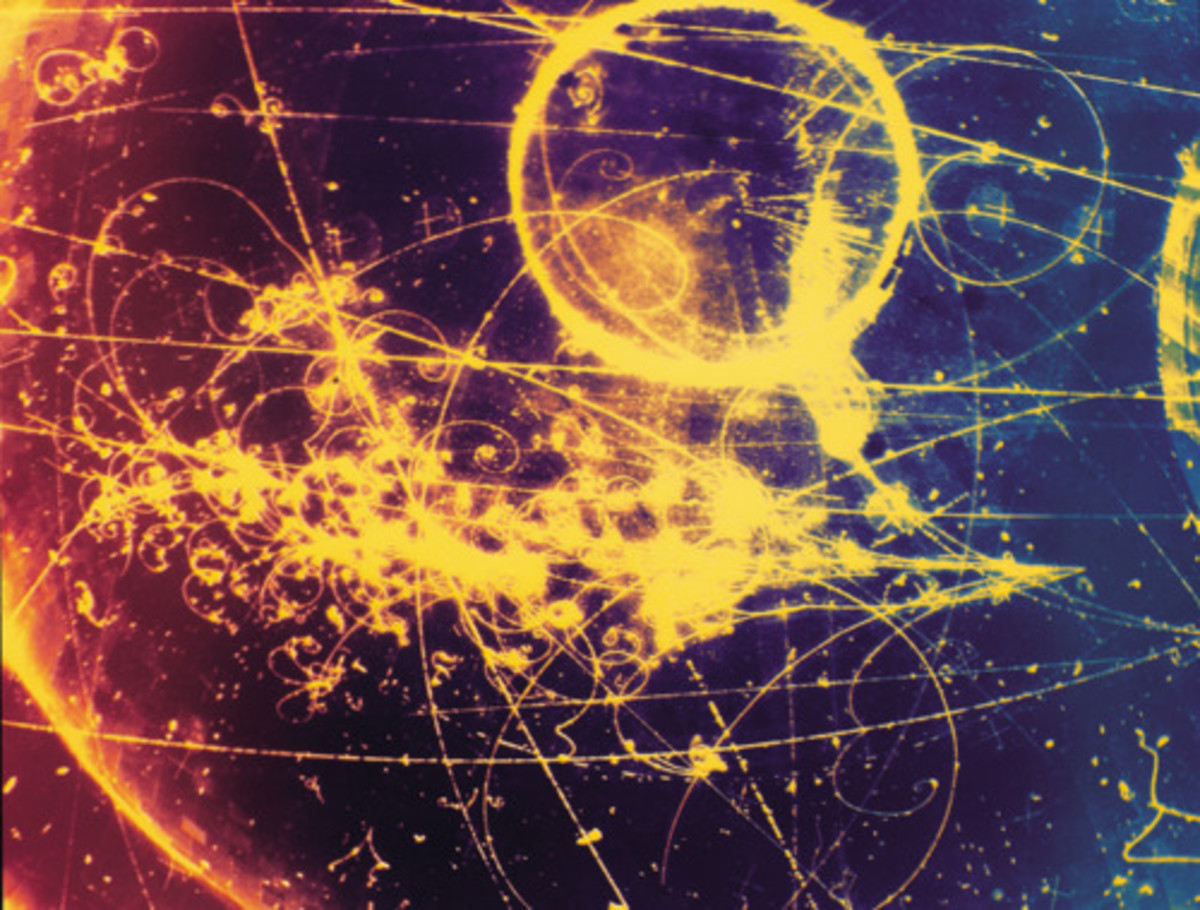String Theory | Explored

String Theory
Understanding the universe is a monumental task, yet many scientists dedicate themselves to this task with great vigor. The ultimate goal in physics is to try to understand everything, yet physicists have run into countless problems with the theories that have arisen.
Theories are found, analyzed, and rejected. Careers are made and lost on hypotheses. Physicists run through the halls with the news of discoveries, yet the most monumental breakthrough will grab and pull their attention away. The latest theory to have the attention of the scientific community is something out of science fiction. It is a theory that seems unreal and plausible at the same time.
The theory that has everyone in an uproar is string theory. This theory is changing everything that was ever known about physics. String theory has the potential to show that the laws of the universe are reflections of one grand physical principle, one master equation. The String Theory of Supersymmetry explains how quantum mechanics and general relativity can coincide in the quantum and dimensional realms.
The Theory Summarized
The Supersymmetry String Theory is a complex theory that is trying to explain everything. It strives to present what the universe is composed of at a subatomic level, and how that composition affects the whole universe.
This Superstring Theory, as it’s otherwise known, gives us a very simple explanation to what everything is made of. According to this theory, the whole universe is composed of ultra-subatomic vibrating strings. These strings are present in everything; they make up everything. The preferred pattern of the vibration of a string appears as a particle whose “mass and force charges are determined by the string’s oscillating pattern” (Greene, Elegant 15).
In other words, the vibration of the string determines which molecule it is. Its vibration will tell whether it forms a proton, neutron, electron, or a quark. These molecules will then go on to make everything that is known, and that is not known, in the universe and beyond. The introduction of strings into the equation means that particles cannot be point-like, as they are perceived in quantum mechanics.
The easiest way to visualize a string is to think of violin players. Every note that they produce has its own vibration. These vibrations come together to make notes that will turn into a melody, and, in the end, our universe is one grand orchestra. This orchestra of vibrating strings is what has the whole physics world exited, because, for the first time, they have come across a solution to bring quantum mechanics and general relativity together in one “theory of everything” (Huang 35).
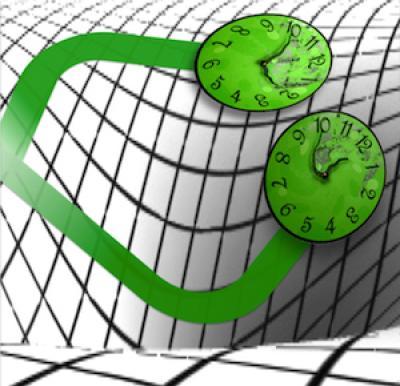
Quantum Mechanic & General Relativity
There are two fundamental pillars on which physics rests: quantum mechanics and general relativity. Quantum mechanics provides the mathematical descriptions of particle and wave-like behavior in the universe. It deals with how particles move, interact, and rebound with one another (Greene, Cosmos 330). In this realm everything is constantly in motion. Everything in the universe undergoes “quantum fluctuations” that become increasingly turbulent (Greene, Elegant 152). The surface of quantum mechanics can be viewed as the surface of the ocean during a storm, since it is always moving and nothing can harness its energy.
General relativity, on the other hand, is very different. General relativity deals with gravity and the smooth geometrical structure of time and space; it deals with all the big objects. It incorporates Newton’s laws of gravity and special relativity to explain the curvature of spacetime (Greene, Cosmos 335). Its surface is smooth and resembles the surface of smooth ice. These two theories are very different, but joining them together is essential in order to solve some of the universes mysteries. When scientists try to study objects like black holes, they run into problems. Since a black hole is able to compress large objects into a subatomic size, scientist must use both theories to solve it, but the two theories do not work together. When the two theories are put together, the result is infinity, and ultimately the underlying general relativity is destroyed. The smooth layer of spacetime cannot withstand the quantum jitters. This is where strings come into play. If strings are used instead of point-like molecules, then the constant movement in the quantum realm will consist of smooth transactions rather than violent ones. The Superstring theory has the ability to ameliorate the hostilities between the gravitational forces and quantum mechanics (Greene, Elegant 152). It shortens the length of the quantum jitters to “Planck’s Length of 10-33cm high” (Theoretical). This allows for agreement, but it also presents physics with a new mystery: the introduction of six more dimensions and one more of time (Yau 125).
Dimensions in String Theory
The universe as most people view it consists of four dimensions; three of space and one of time. The Superstring theory introduces seven new dimensions to these four. These dimensions are curled up too small for humans, microscopes, or particle colliders to see. It is in these dimensions that strings are able to move and vibrate in many ways, most of which are inconceivable to the human mind (Hawking, History 130).
All of these extra dimensions are curled up into what is called “the internal space” (Hawking, Grand 116). This “internal space” is further known as the “Calabi Yau Manifold” (Yau 136). It is here that the strings, in a sense, live. To get a better understanding why we cannot view these extra dimensions, think of an electric line. When viewing an electric line from twenty feet away, it looks like a straight two dimensional line, yet if it is seen up close, it is apparent that it has curvature, thus making it three dimensional. Since these extra dimensions are 10-26 cm small, we cannot view the lines or curves of the outer planes of these dimensions, but the mathematical equations of Superstring Theory state that they must exist (Hawking, History 130).
These extra dimensions also allow for D-Branes to exist. D-Branes are surfaces within the 10-dimensions of space that open ended strings can attach themselves to. It is upon these stretched out strings, which are D-Branes, that our universe resides (Jones 191). These D-Branes lead physicist to believe that there are either “many different universes or many different regions of a single universe, which may consist with its own laws of science” (Hawking, History 130). These are all the basic concepts in Supersymmetry String Theory, but the catch to string theory is that this is not the only theory.
- SUPERSTRINGS! D-branes
A further, more in-dept, explanation of D-branes
String Thery in Two Minutes
Different Theories of Everything
While there are different string theories out there, they all strive to be the ultimate theory of everything. The things that all string theories have in common are the strings, the need for the merging of quantum mechanics and general relativity, and the presence of extra-dimensions. Two theories, at present, are leading the race, and these are the Supersymmetry String Theory and the Bosonic String Theory. There are three basic differences between the two theories. In Bosonic Theory there are 26-dimensions, tachyons, and the use of bosons without partner fermions (Jones 166). Supersymmetry uses both bosons and fermions to explain the forces on matter in the quantum and dimensional realms, which offers a more realistic interpretation then The Bosonic String Theory, which only offers bosons to explain forces exerted on the quantum and dimensional reams.
Related Articles
- Brian Greene: Making sense of string theory | Video on TED.com
TED Talks Physicist Brian Greene explains superstring theory, the idea that minscule strands of energy vibrating in 11 dimensions create every particle and force in the universe. - The Basic Elements of String Theory - For Dummies
Five key ideas are at the heart of string theory.
Supersymmetry
In Supersymmetry there are bosons and fermions. They are often called “superpartners” because, essentially, one cannot exist without the other. Bosons are units of force, such as gravitons and photons, while fermions are units of matter, such as electrons and neutrinos.
This theory creates symmetry between the matter and forces in the universe (Jones 173). Symmetry in physics is basically a “situation where two properties can be swapped throughout the system and the results are precisely the same” (Hooper 181). This symmetry between superpartners is “essential for understanding any kind of manifold” (Yau 132). Symmetry makes all sorts of problems easier to solve.
For instance, if all the solutions for the equation xy= 4 were to be found, it would take awhile, as there is an infinite number of solutions. If, however, symmetry were imposed as x=y, then there are just two solutions: 2 and -2. Fermions are very essential in everyday life, because electrons are the half-integer spinners in the partnership with the full spinning boson particles.
The Bosonic String Theory
The Bosonic String Theory is very similar to the superstring theory, but it contains bosons without superpartners, 26-dimensions, and tachyons. The Bosonic Theory offers bosons as the sole units of force in the universe without fermions to represent units of matter. So, photons can exist, but not electrons or quarks (Jones 168). This offers a problem, because in order for this theory to work in the real world, it must include fermions to correct the natural balance in the quantum realm. Without symmetry between bosons and fermions, curling the 25-spatial dimensions into Calabi Yau Manifolds would be nearly impossible, let alone the fact that 25-spatial dimensions are too many to find logical uses for (Jones 169).
The main problem with Bosonic String Theory is the presence of the tachyon. The tachyons are particles that travel faster than the speed of light. Einstein’s theory of relativity does not forbid objects from traveling faster than the speed of light, but to do so “would require an infinite amount of energy, because tachyons would always be moving faster than the speed of light” (Jones 167). Solutions that contain tachyons “will always decay into another, lower energy solution—possibly in a never-ending cycle” (Jones 167). The absence of the fermions in the Bosonic theory seems to be its downfall, for without them the theory cannot find a logical and symmetrical solution.
Superstring all the Way
The universe is a never-ending cosmos of fascination. All physics can do at the moment is try to understand why and how it works. Theories on the origins of the universe are constantly being hypothesized and rejected.
The Supersymmetry String Theory, though, is unlike previous theories, for it has the capacity to answer primordial questions that have to do with nature’s most fundamental constituents and forces. This theory has made it possible to incorporate quantum mechanics and general relativity into a field where they can coincide through the use of strings.
Strings allow for a better understanding of the functions of the smallest particles. Multiple dimensions are another mystical by-product of string theory, and they could lead to the discovery and interaction into parallel universes. Though there are other string theories, Supersymmetry offers a more comprehensible understanding that is compatible with the real world and existing theories, since it allows for the electrons, that are already known particles, to exist.
The Bosonic Theory lacks fermions, which are vital particles. The theory also incorporates tachyons, which cannot logically exist, since they travel faster than the speed of light. Some may argue that a universe cannot be as complex as string theory sets out to make it, yet as the Anthropic principle states, “we see the universe the way it is because we exist.”
Superstring theory has the potential to bring about greater achievement in the years to come, and many are along for the ride.
Fantastic Documentary On Sting Theory
This fantastic documentary takes you into the world of strings; from the history of their discovery to their possible implications for the future of particle physics. This science video is in no means boring.
Works
Green, Brian. The Elegant Universe. New York: W.W Norton & Company Inc, 1999. Print.
Greene, Brian. The Fabric of the Cosmos. New York: Random House, 2004. Print.
Gubser, Steven. The Little Book of String Theory. New Jersey: Princeton University Press, 2010. Print.
Hawking, Stephen. A Brief History of Time. New York: Random House Inc. Print.
Hawking, Stephan. The Grand Design. New York: Randon House Inc, 2010. Print.
Hooper, Dan. Nature’s Blueprint.New York: HarperCollins, 2008. Print.
Huang, Fannie. Quantum Physics: An Anthology of Current Thought.New York: Rosen Publishing Group, 2006. Print.
Jones, Andrew Zimmerman, Daniel Robbins. String Theory for Dummies. Indianapolis: Wiley Publishing, 2010. Print.
“Theoretical Physics.” The Official String Theory Web Site. 1998-2010. Web. 1, Dec. 2010 http://superstringtheory.com/index.html
Yau, Shing-Tung. The Shape of Inner Space. New York: Basic Books, 2011. Print.
Related Articles:
- Prebiotic Chemistry: Miller & Urey Experiment
- The Higgs Boson Explained
The higgs boson explained in its relationship to the Standard Model, general relativity, and quantum mechanic as well as its association with mass.

